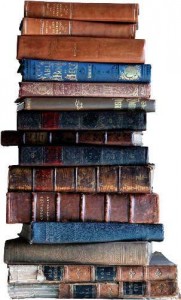 By Melissa Luttmann
By Melissa Luttmann
I recently came across a post on a message board in which a mother expressed reluctance to allow her daughter to read either Little House on the Prairie or Caddie Woodlawn. The reason? She was concerned about the manner in which both novels portray Native Americans.
Having read both books several times, I will acknowledge that they contain some elements that people today would likely consider old-fashioned and racist. At the same time, though, these classic novels are functions of the time period in which they’re set (the mid 19th century) and, to a lesser extent, the time at which they were written (the 1930’s). That’s not to say that the ideas in them are correct, so to speak. But I do think it’s important to recognize that our beliefs and values today are not necessarily the same as they were in the past, and historical novels can help kids go a long way in realizing that.
Of course it’s true that, when kids read books that contain viewpoints so drastically different from those they’ve been raised with, they may be confused or have questions. That’s why, in an ideal situation, parents, librarians, or other trusted adults will always be around to help them work through their concerns. But even though our world is far from ideal, I don’t think that historical fiction writers should shy away from including historical viewpoints that aren’t politically correct today in their work. After all, if we do so, we’re giving kids a false representation of history. And as I think we’ve concluded multiple times here, that ultimately isn’t something we want to do.
What do you think about including views that would be considered incorrect today in historical fiction? If you’re a parent, do you have an opinion about your child reading such books?
Melissa Luttman is Associate Editor for Young Adult History/Historical Fiction at Wonders & Marvels.
